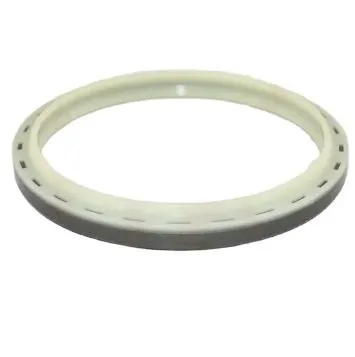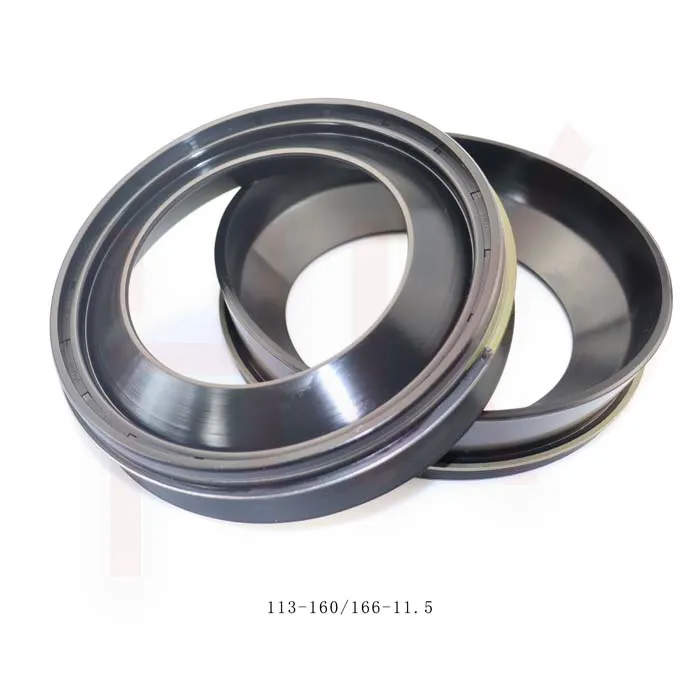- Afrikaans
- Albanian
- Amharic
- Arabic
- Armenian
- Azerbaijani
- Basque
- Belarusian
- Bengali
- Bosnian
- Bulgarian
- Catalan
- Cebuano
- Corsican
- Croatian
- Czech
- Danish
- Dutch
- English
- Esperanto
- Estonian
- Finnish
- French
- Frisian
- Galician
- Georgian
- German
- Greek
- Gujarati
- Haitian Creole
- hausa
- hawaiian
- Hebrew
- Hindi
- Miao
- Hungarian
- Icelandic
- igbo
- Indonesian
- irish
- Italian
- Japanese
- Javanese
- Kannada
- kazakh
- Khmer
- Rwandese
- Korean
- Kurdish
- Kyrgyz
- Lao
- Latin
- Latvian
- Lithuanian
- Luxembourgish
- Macedonian
- Malgashi
- Malay
- Malayalam
- Maltese
- Maori
- Marathi
- Mongolian
- Myanmar
- Nepali
- Norwegian
- Norwegian
- Occitan
- Pashto
- Persian
- Polish
- Portuguese
- Punjabi
- Romanian
- Russian
- Samoan
- Scottish Gaelic
- Serbian
- Sesotho
- Shona
- Sindhi
- Sinhala
- Slovak
- Slovenian
- Somali
- Spanish
- Sundanese
- Swahili
- Swedish
- Tagalog
- Tajik
- Tamil
- Tatar
- Telugu
- Thai
- Turkish
- Turkmen
- Ukrainian
- Urdu
- Uighur
- Uzbek
- Vietnamese
- Welsh
- Bantu
- Yiddish
- Yoruba
- Zulu
Nov . 20, 2024 11:35 Back to list
The Role of Dust Seals in Protecting Your Equipment
When it comes to maintaining machinery and equipment, dust and contaminants can be silent destroyers. Dust seals, dust-proof sealing, and dust sealing solutions are vital in preventing damage caused by foreign particles. This guide will explore the importance of dust protection, the various types of seals available, and how they enhance the longevity and efficiency of machinery.

The Importance of a Dust Seal for Machinery Protection
A dust seal is a crucial component in many types of machinery, designed to prevent dust, dirt, and other contaminants from entering sensitive areas. Whether used in industrial machinery, automotive systems, or heavy equipment, dust seals act as a barrier between moving parts and external elements that can cause wear and tear.
Without a properly functioning dust seal, machinery is exposed to dirt that can mix with lubricants, resulting in increased friction and accelerated wear. Dust seals ensure that internal components remain clean, which reduces the need for frequent maintenance and helps avoid costly downtime due to equipment failure.
Why Dust-Proof Sealing is Critical for Longevity
Dust-proof sealing offers superior protection by keeping harmful particles out of critical areas. In environments such as manufacturing plants, construction sites, and agricultural fields, dust can quickly accumulate in and around equipment, leading to operational issues if not properly managed. By investing in dust-proof sealing, businesses can ensure that their machinery operates smoothly in even the dustiest conditions.
Choosing the right dust-proof sealing solution is essential for protecting bearings, shafts, and other mechanical components. The effectiveness of dust-proof sealing lies in its ability to provide a tight fit around parts, preventing even the smallest particles from penetrating the system. This prolongs the lifespan of equipment and reduces the frequency of breakdowns, leading to more consistent performance.
How Dust Sealing Enhances Equipment Performance
Effective dust sealing plays a key role in maintaining the performance of mechanical systems. Whether in hydraulic equipment, automotive applications, or industrial machinery, dust sealing ensures that dust and debris do not interfere with the moving parts. By preventing contamination, dust sealing allows for smoother operation, less friction, and improved efficiency.
In addition to protecting components from wear, dust sealing can also help maintain proper lubrication. Contaminants like dust and dirt can degrade lubricants, reducing their effectiveness and causing additional strain on moving parts. With proper dust sealing in place, lubricants remain cleaner for longer, reducing the need for frequent replacements and enhancing overall performance.
Selecting the Right Dust Seal for Your Application
Choosing the right dust seal depends on the specific application and environment in which the machinery operates. Dust seals come in a variety of materials, including rubber, polyurethane, and Teflon, each offering different levels of resistance to environmental factors. For machinery exposed to extreme temperatures or chemicals, selecting a dust seal made from high-performance materials is essential for ensuring durability and effectiveness.
Additionally, the design of the dust seal is important. Some seals are designed for static applications, while others are used in dynamic systems with rotating or reciprocating parts. A proper fit is also crucial to prevent dust from bypassing the seal. Consulting with manufacturers or seal specialists can help in selecting the appropriate product to suit your needs and ensure optimal performance.
Maintaining Dust Seals for Long-Term Efficiency
To maximize the lifespan of your dust seals, regular maintenance is essential. Inspect seals periodically for signs of wear, such as cracking, hardening, or deformation. Even high-quality dust seals can degrade over time, especially in harsh environments, and replacing them before they fail completely can prevent more significant damage to your equipment.
Proper lubrication and cleanliness around the dust seal area are also important for ensuring the seal continues to function as intended. Keeping the seal free from excessive dirt and debris will reduce the likelihood of contamination, preserving both the seal and the internal components it protects.
In conclusion, dust seals, dust-proof sealing, and dust sealing solutions are essential for the protection, performance, and longevity of machinery. By keeping harmful particles out and ensuring proper lubrication, these seals play a critical role in preventing damage and reducing maintenance costs. Investing in high-quality dust protection not only safeguards your equipment but also enhances its operational efficiency for years to come.
-
Reliable Oil Seal Wheel Hub Solutions for Industrial & Automotive Use
NewsNov.17,2025
-
Durable Front Hub Oil Solutions for Industry – HKAiSeal
NewsNov.17,2025
-
Wholesale Hydraulic Pump Motor Seal Kit A4VSO250 | In Stock
NewsNov.17,2025
-
Pump Seal Kits: Essential Components for Industrial Reliability
NewsNov.17,2025
-
TCV Oil Seal - Double-Lip, Spring-Loaded, High Temp & Wear
NewsNov.17,2025
-
Hydraulic Seal Kits: Reliable Solutions for Industrial Equipment
NewsNov.17,2025
-
Combined oil seal 659214 12001903B, fits 119990, NBR OEM
NewsNov.17,2025
Products categories
















